Tjorven Bruyneel (b.1983) is a Belgian photographer. She received a Master degree in Photography from the Royal Academy of Fine Arts Ghent (KASK) in 2007. Her reality is relative. She questions her own human experiences and bundles her findings into a set of interpreted facts. Her work reflects the desire to analyze her surroundings, to dissect a feeling that she is not able to put into words; it allows her to construct piece by piece as a puzzle her story. The colorful images persuades the viewer to look behind every scene to discover an underlying message. Stolen glimpses of reality seen through a lens of abstract humor. Her observations displays society and invisible shifts in time, which questions our identity. Today we share her series Untitled Happiness.
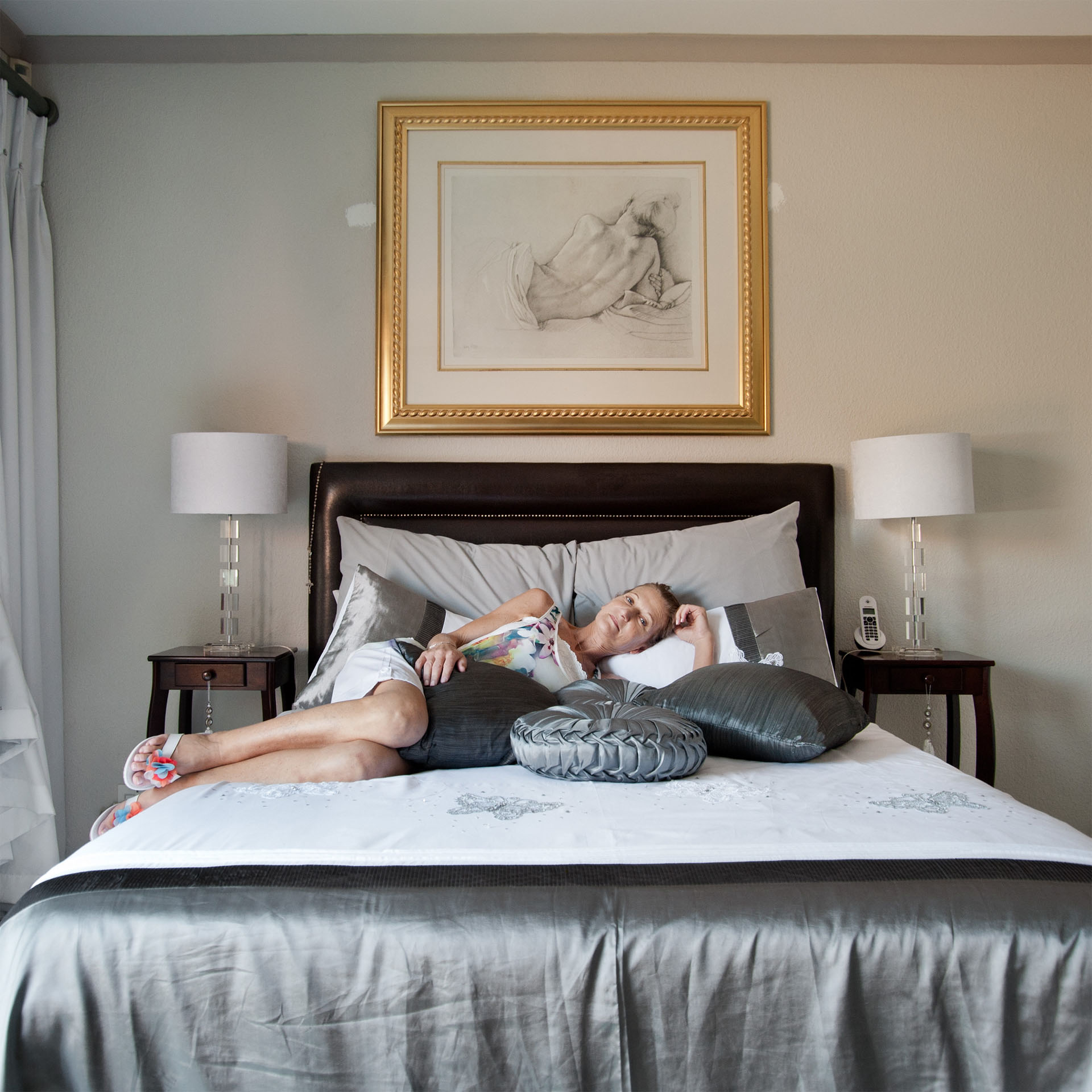
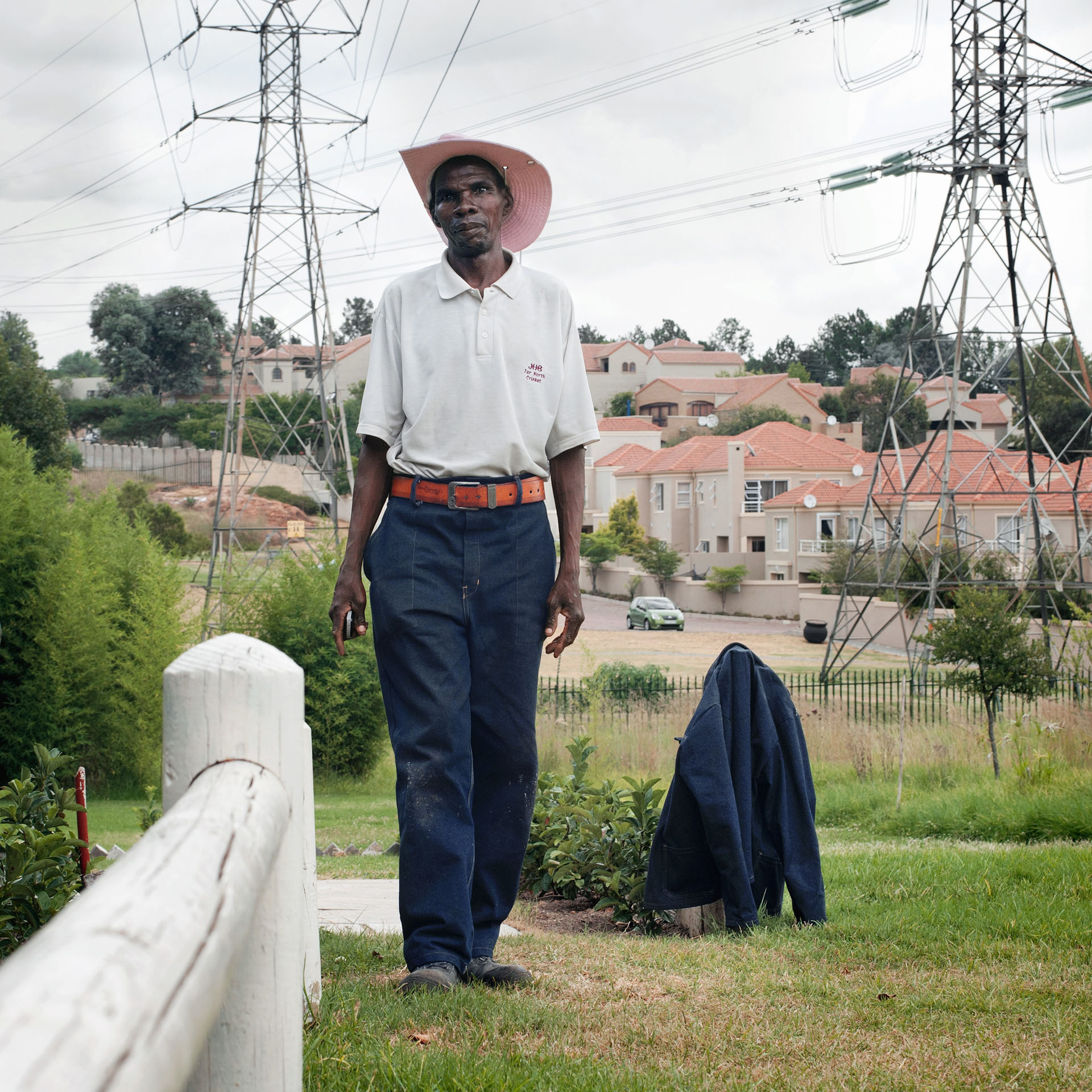
Untitled Happiness
Towards the end of the 19th century, during the gold rush, Johannesburg became an instant metropolis which it remains until present. Urban development in South Africa cannot be fully understood without understanding its racial history. Public space and urban life was color-coded during Apartheid. Historically, cities were mostly populated by the white oppressors whereas natives were temporary dwellers, laborers. Their presence in cities was only tolerated for the duration of their economically active years. Townships were created for the blacks and separated from white residential areas by buffers. The denial of common rights produced a dual city and a dual nation, diverse urban worlds existing side by side in the same geographical space. Intermingling was rendered impossible by a whole administrative apparatus of laws, prohibitions and punishments.

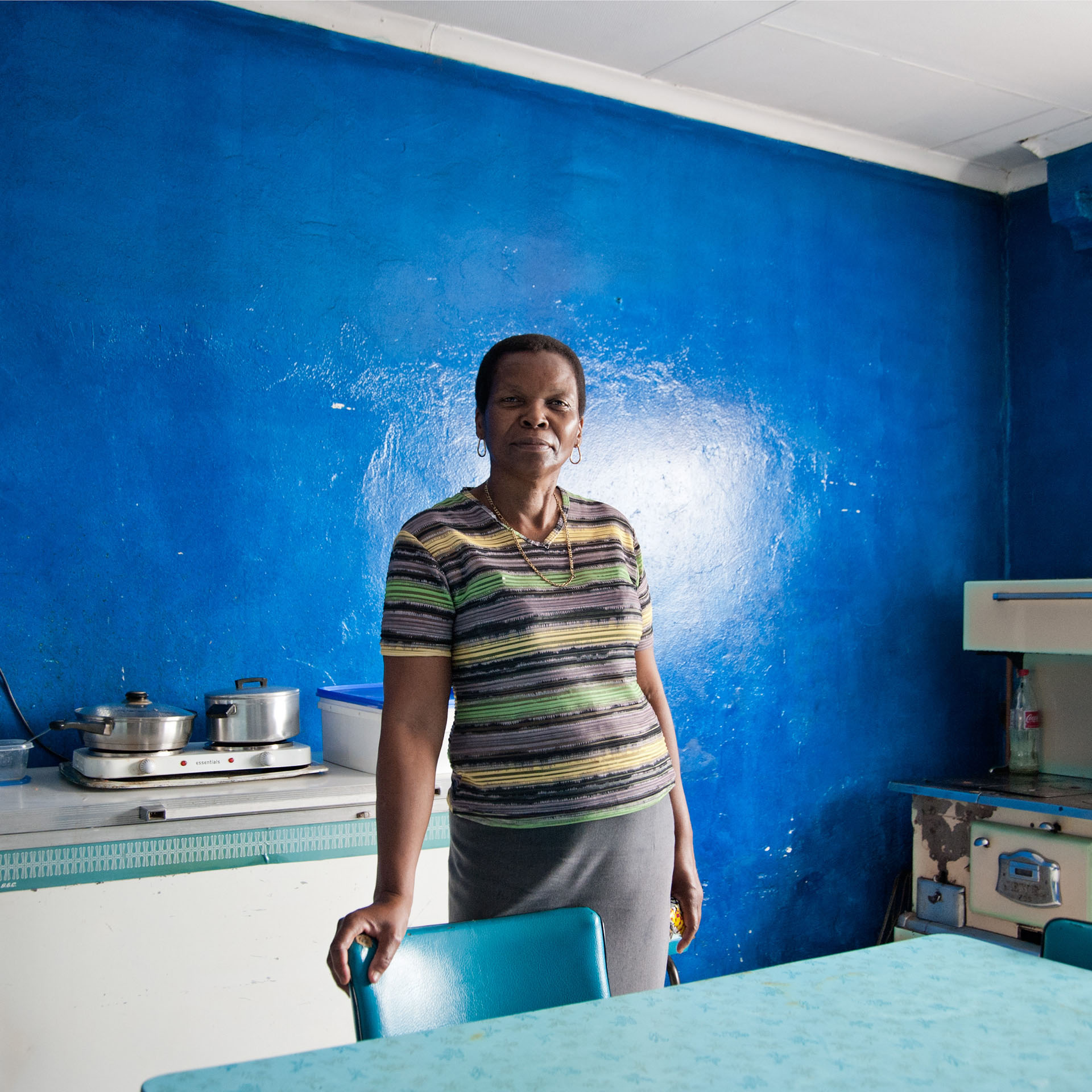
With the end of apartheid, public spaces was experienced by many as out of control and dangerous. This security crisis provoked a large number of privatized measures which lead to gated communities and malls in where money resides. There one has the opportunity to forget the racial city through gazing into magical mirrors of frozen and imaginary pasts. Perversely, the rich and the poor share a common trait: both show a limited mobility across the city. The middleclass lives around office-parks, shopping plazas and townhouse developments. All of which are beyond the reach of the poor, allowing the middle-class to live largely unaffected by poverty and blind to inequality.

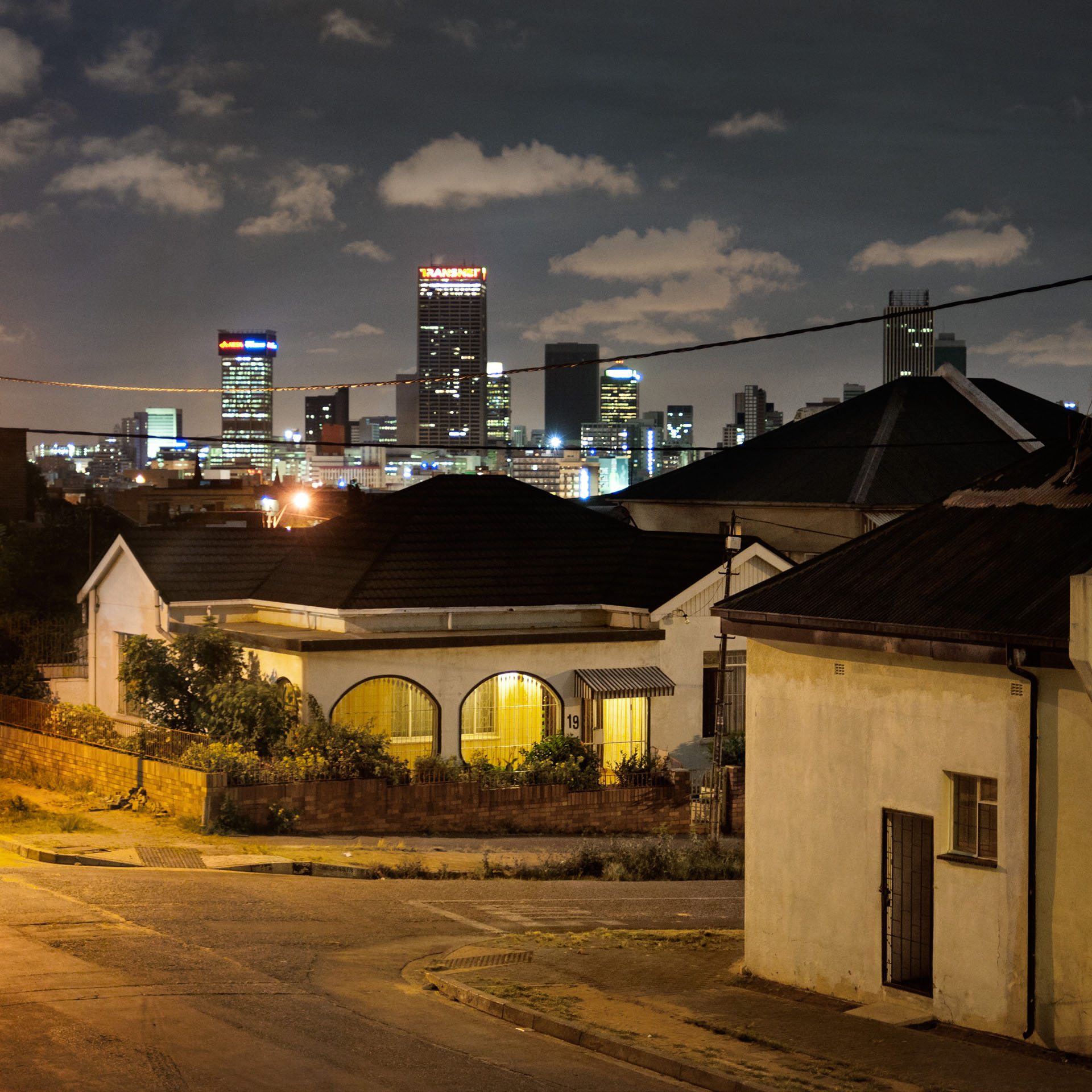
The disadvantaged are packed together in townships and informal settlements, burdened with limited utilites, mobility, employment and opportunities for learning this spite of discriminatory legislation. Life in Johannesburg today, inhabiting apartheid’s ruins, exhibits a range of dualities.
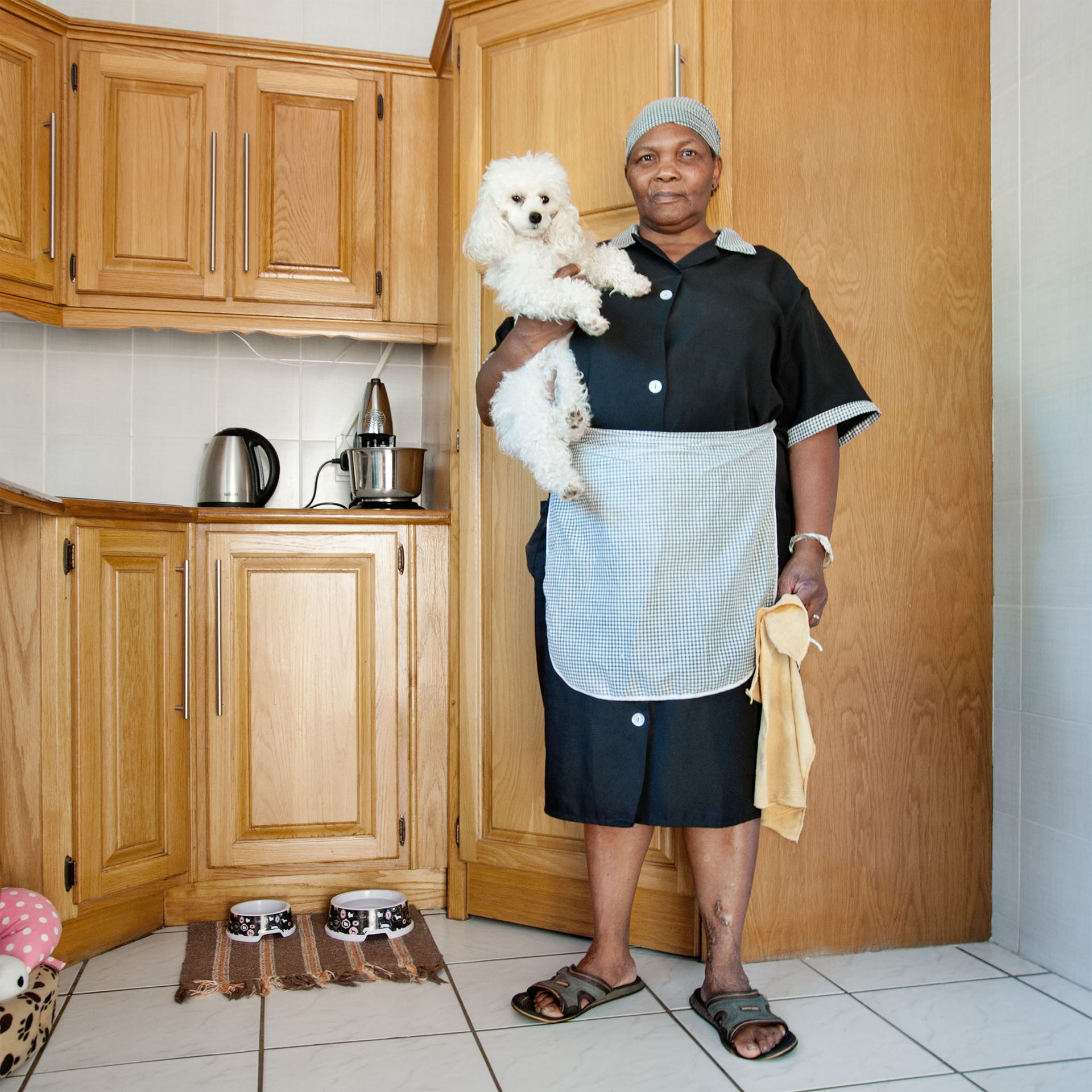

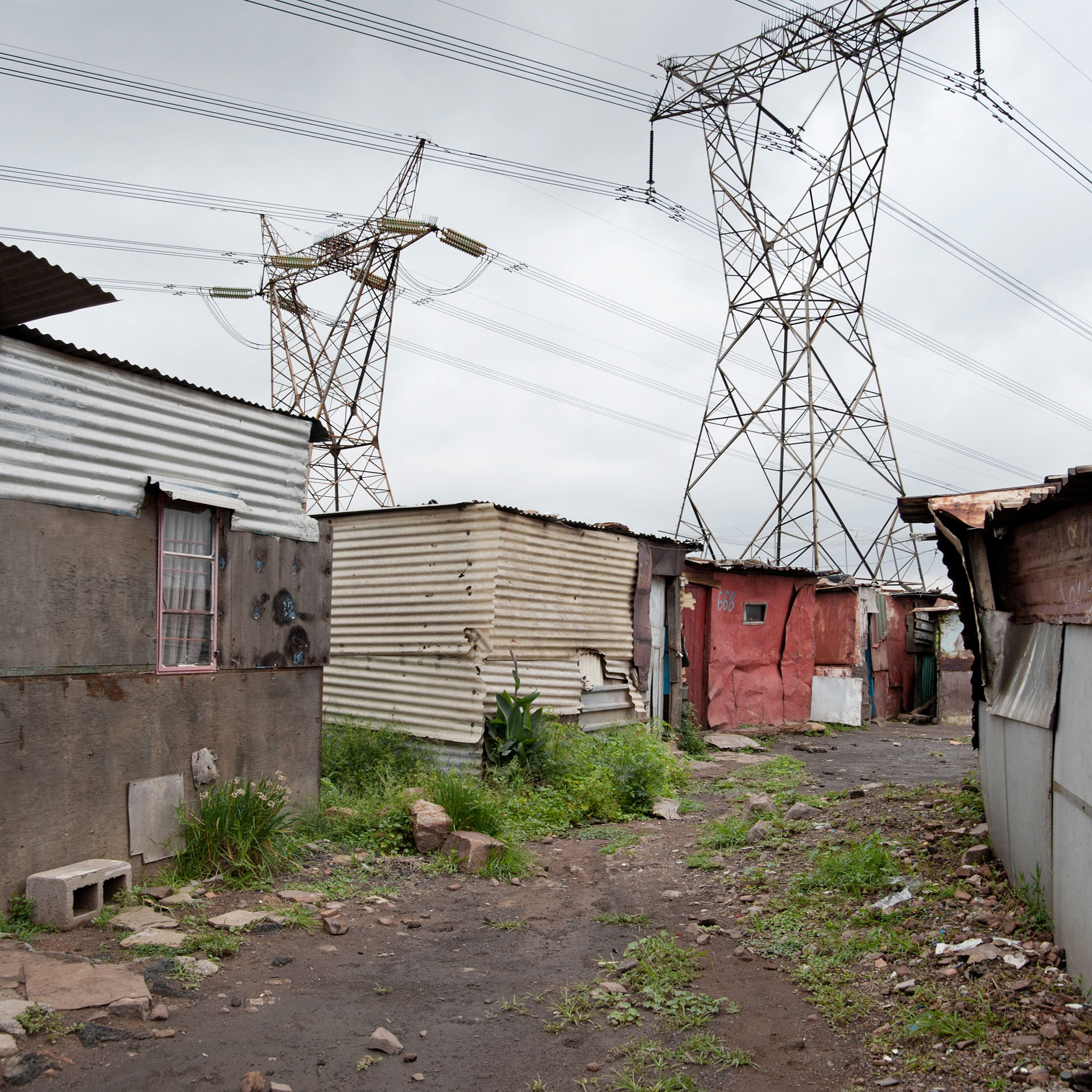
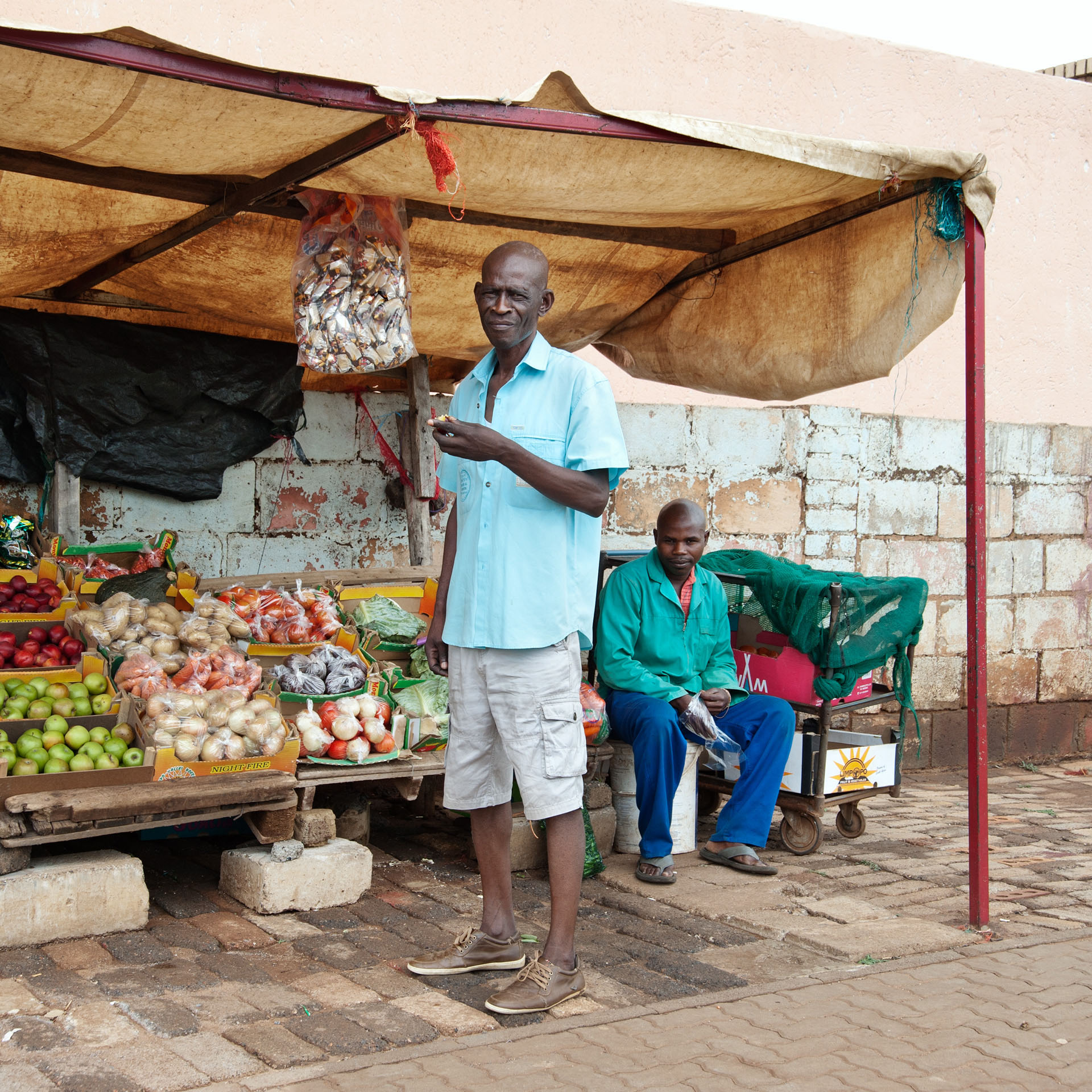
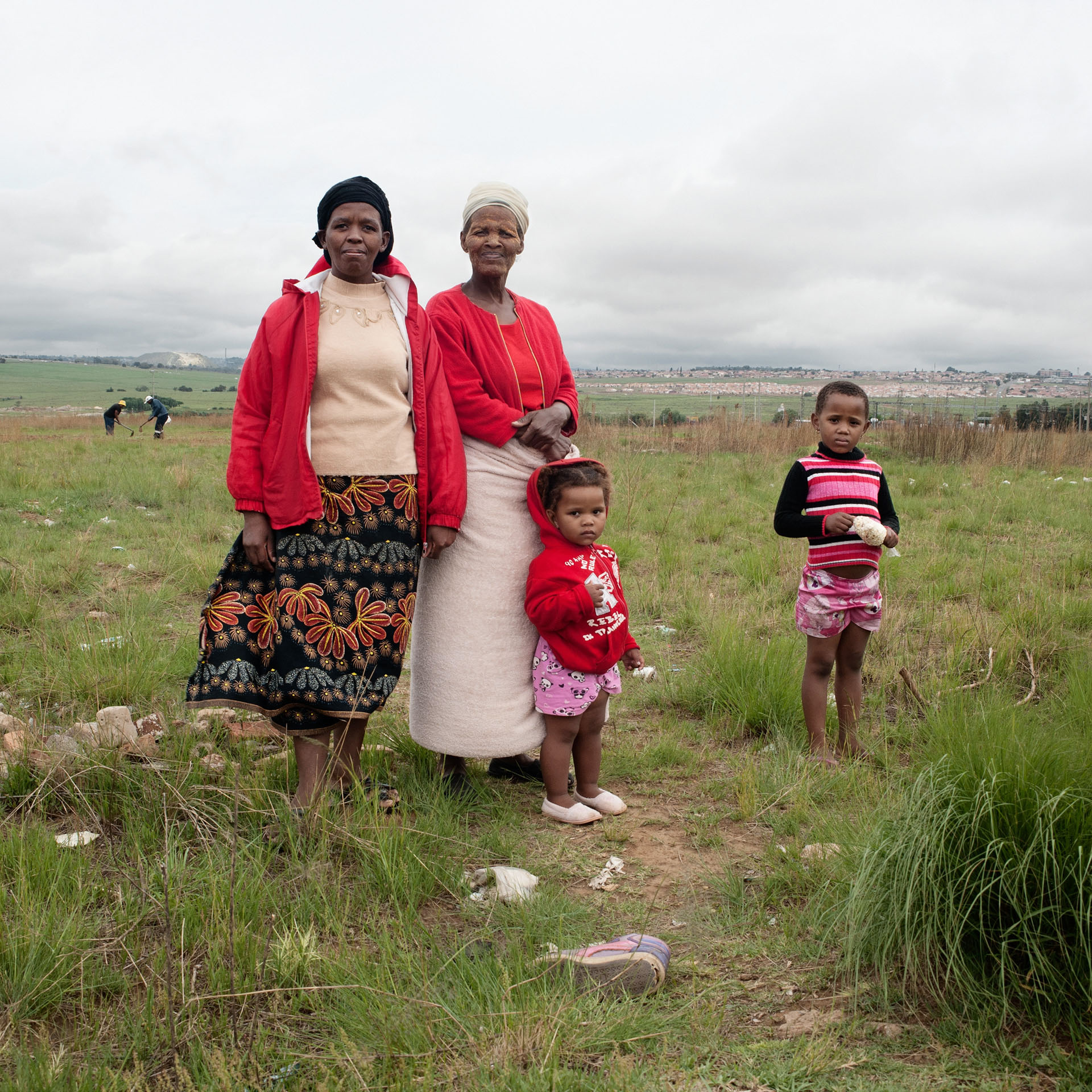
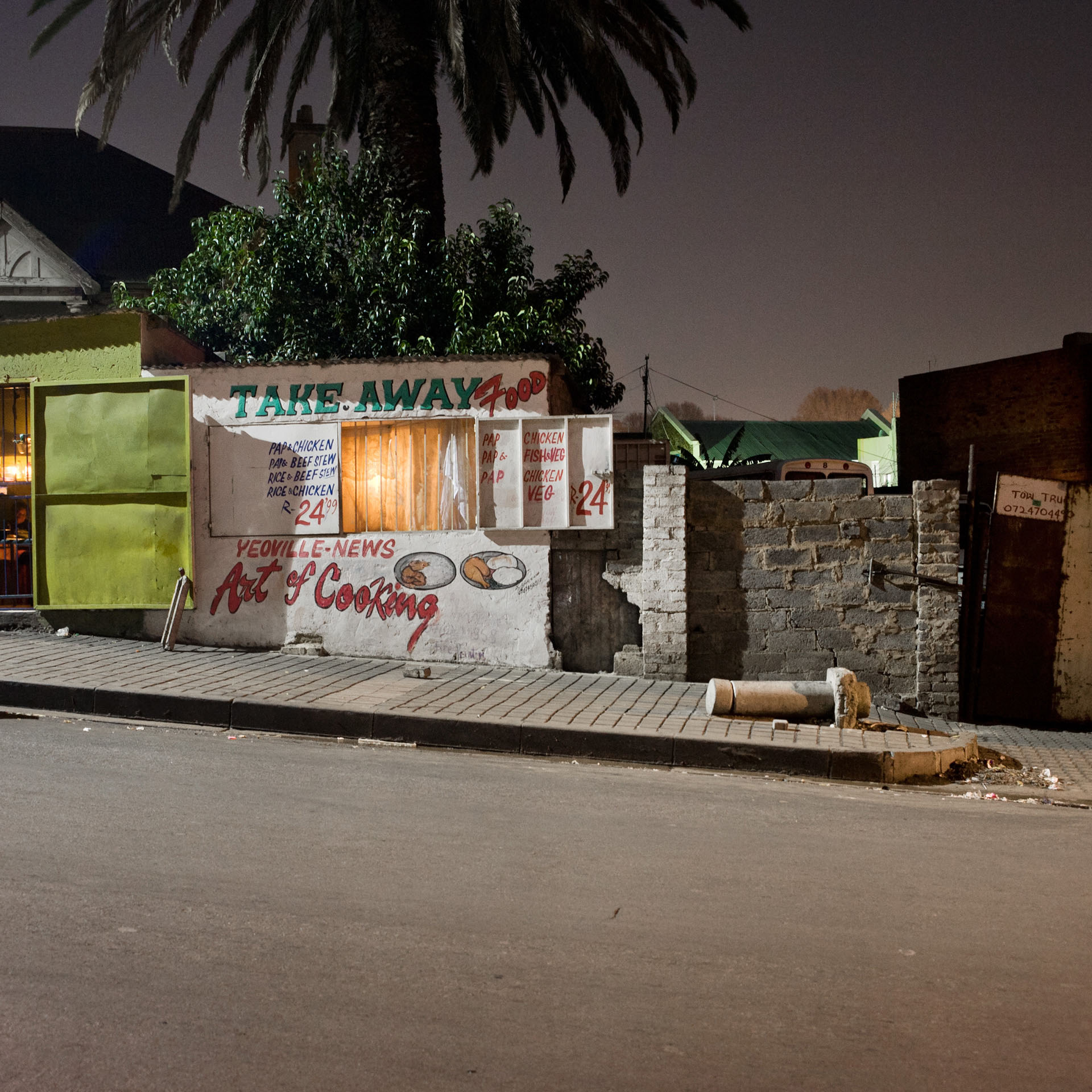
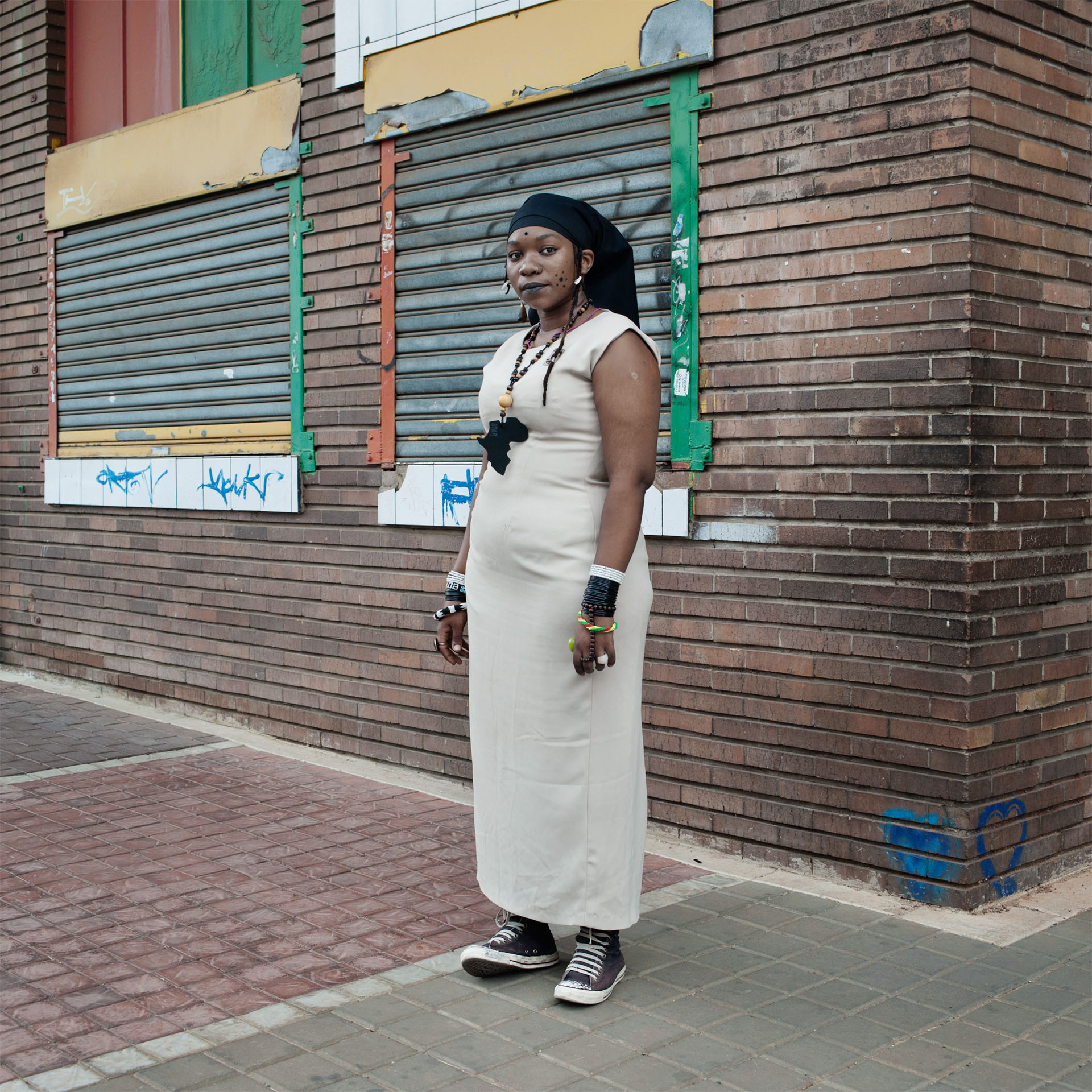
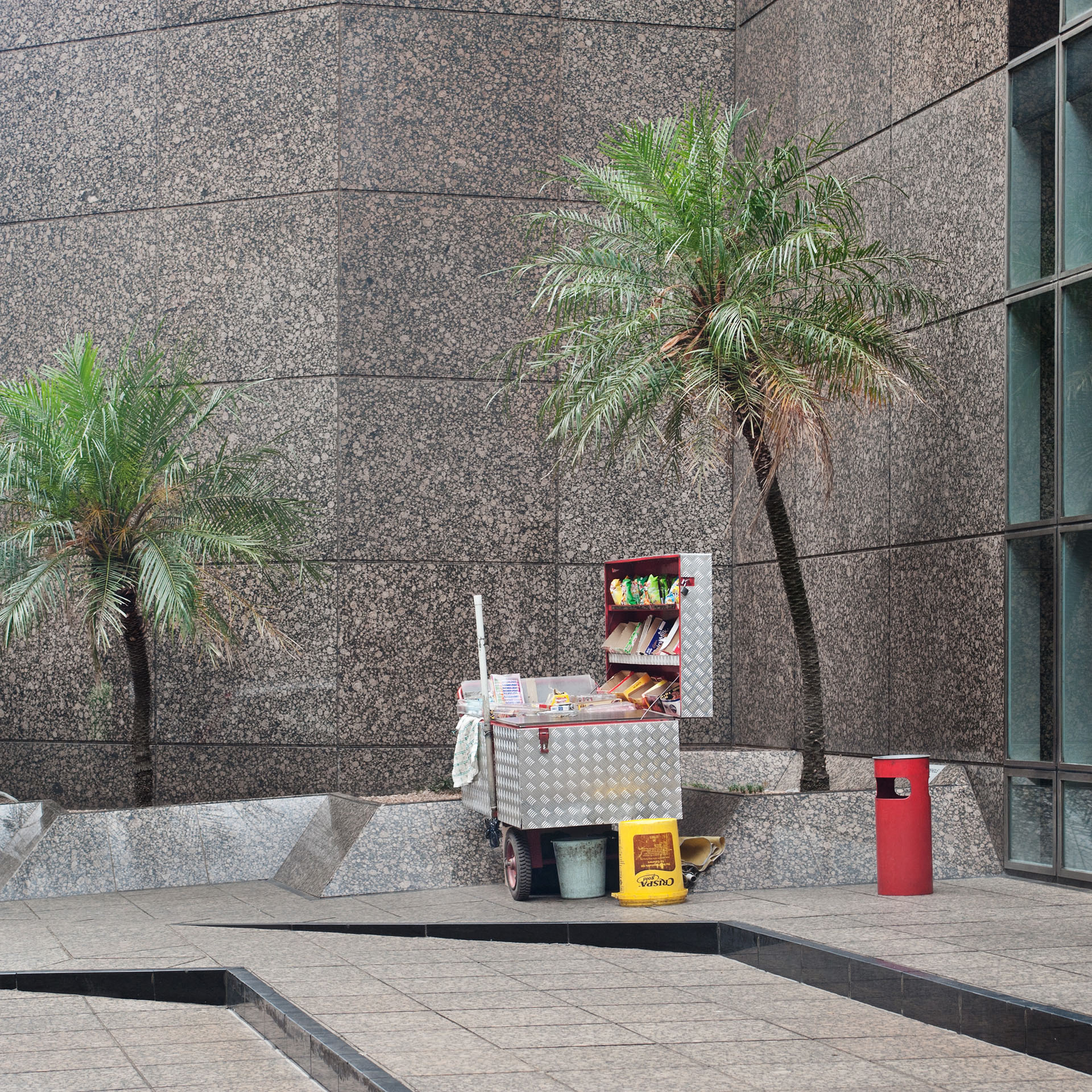

To view more of Tjorven’s work, please her website.